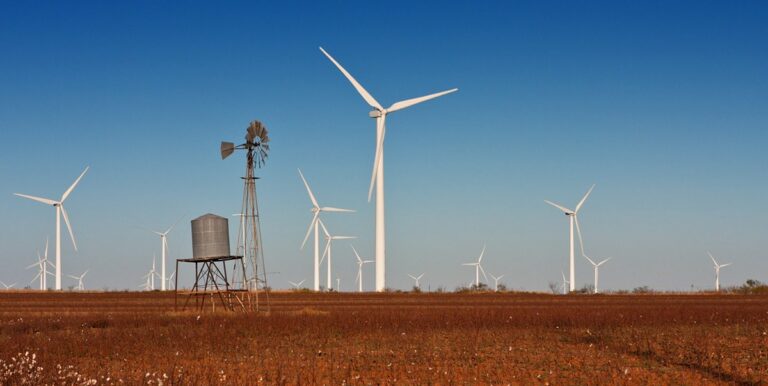How Do Renewable Energy Credits Work?
Ever wondered about the true origins of your energy? It’s a question that often eludes many individuals, and there’s a significant rationale behind this mystery. Once energy becomes part of the power grid, regardless of its source, it undergoes a transformation into electricity. Unfortunately, it doesn’t arrive with a label stating, “This electricity was generated by solar panels” or “This power is brought to you by wind turbines.” Consequently, discerning whether your electricity derives from green or renewable sources becomes an arduous task.
Nevertheless, what if you desire unequivocal assurance that the energy you consume is sustainable? Allow us to introduce you to renewable energy credits (RECs). Also referred to as renewable energy certificates, green tags, or tradable renewable certificates, these credits empower you to confidently assert that your energy usage revolves around renewable sources. Let’s delve into the mechanics of this system.

What Is an REC?
Each time an individual or entity harnesses a renewable energy source to produce one megawatt hour of electricity, they receive a valuable REC. This certificate serves as concrete evidence that renewable energy was utilized during that specific hour of generation. This practice is essential due to the inherent challenge of identifying the exact origin of energy once it enters the grid. Nonetheless, governments strive to monitor and quantify the quantity of clean energy produced. Simultaneously, individuals and businesses seek the ability to proudly declare their reliance on clean energy for powering their residences and establishments.
What Can Be Done With An REC?
One of the primary uses of RECs is their availability for purchase. Each credit is assigned a unique identifier that contains detailed information about the location, timing, and method of energy production for which it was issued. The original energy producer has the opportunity to sell these credits. Importantly, no identifier is ever reused, and once a credit is sold, it cannot be further resold.
When you purchase an REC, you acquire tangible evidence that a specific hour of your electricity consumption originated from a particular source. This exclusivity ensures that no one else can claim that specific hour as their own. By leveraging RECs, you can confidently embrace renewable energy without the need to install infrastructure such as solar panels or windmills on your property. This approach empowers you to reduce your carbon footprint, actively support the renewable energy market with minimal overhead, and gain factual knowledge about the precise origins of your energy supply.

How Do RECs Help the Environment?
The concept is quite straightforward. As the production and sale of RECs increase, it creates a visible market demand. This heightened demand indicates a strong preference for utilities generated without any emissions from fossil fuels. Consequently, energy companies within the sector receive a clear signal to ramp up the production of green energy. This virtuous cycle benefits the environment by gradually reducing our reliance on harmful energy sources.
By actively engaging in the purchase of RECs, individuals and businesses contribute to the overall shift towards cleaner and more sustainable energy solutions. The collective demand for renewable energy encourages companies to prioritize and invest in green technologies, ultimately fostering a greener and more environmentally friendly energy landscape.
Are RECs Mandatory?
For individuals who are eager to support green electricity but don’t have the means to generate renewable energy themselves, purchasing RECs is a simple and effective option. It’s important to note that while the purchase of RECs is not mandatory for regular consumers, certain utility companies are required to procure more renewable electricity as part of their compliance with a Renewable Portfolio Standard (RPS). These regulations dictate the minimum portion of a utility company’s energy production that must come from green sources. If a company falls short of meeting the RPS requirement, they are obligated to purchase RECs to compensate for the shortfall.
In many cases, these credits are obtained from homeowners who have installed renewable energy infrastructure like solar panels or wind turbines on their own properties. By purchasing RECs, individuals can actively contribute to supporting the planet’s sustainability goals while simultaneously powering their own lives. It serves as an accessible and convenient way for anyone to endorse green energy without the need for personal investment in renewable infrastructure.

